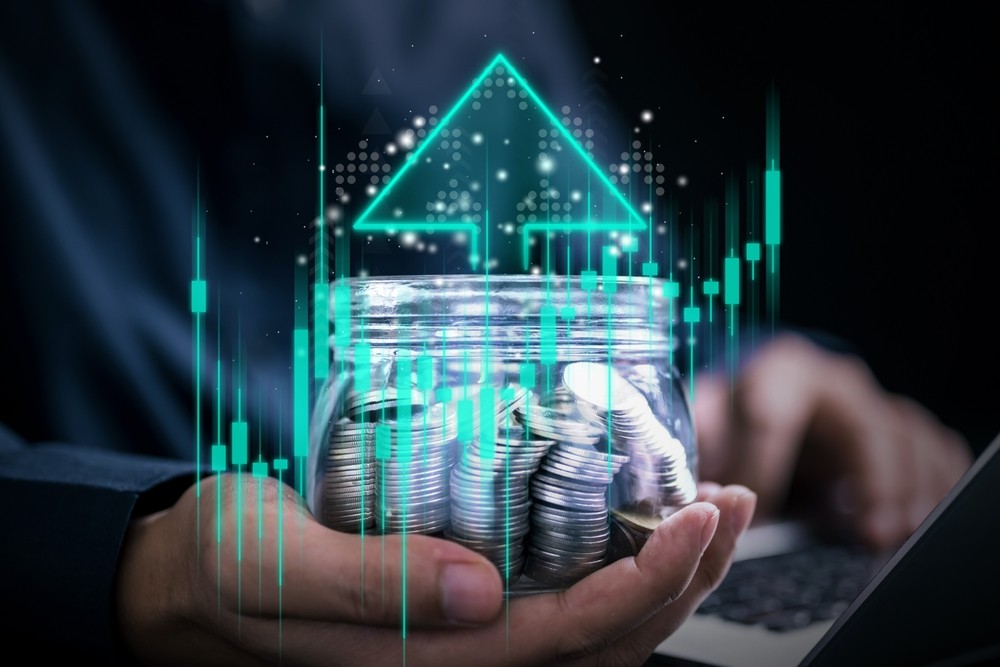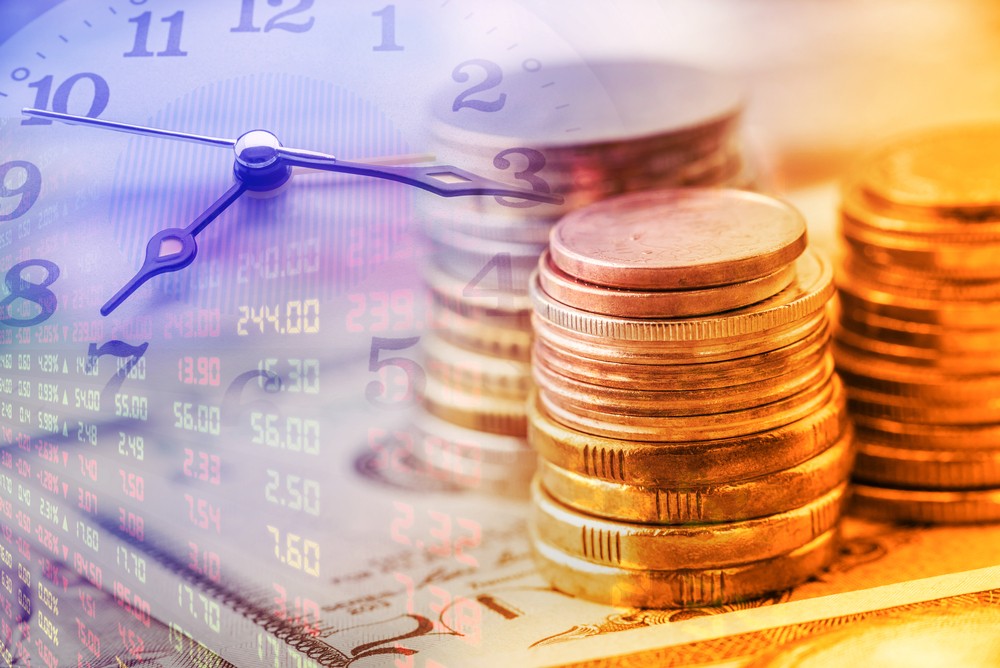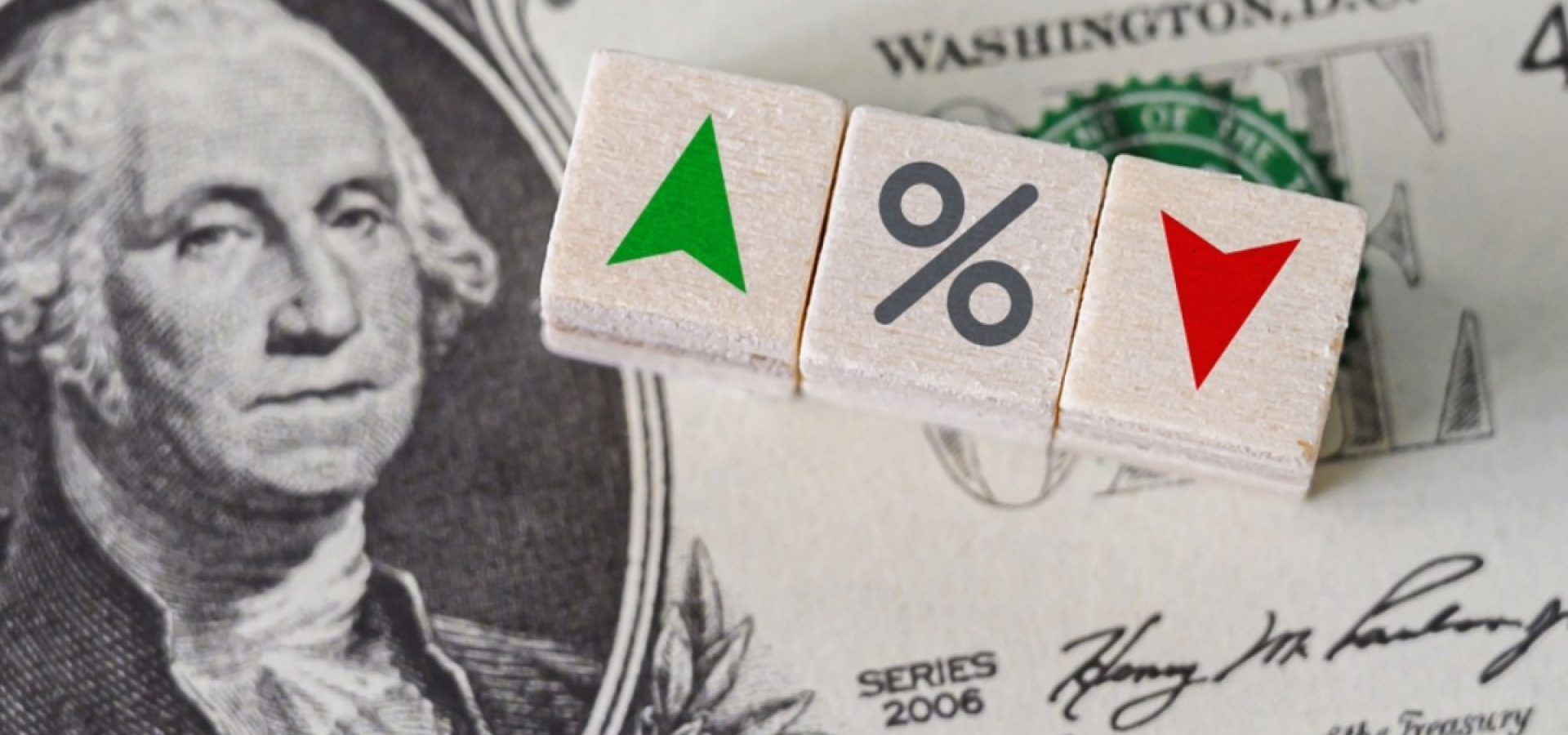It is hard to remember numerous terms when it comes to finance. Hopefully, there is no need to have a bachelor’s degree in finance in order to learn more about ‘Compounded continuously’ and answer questions such as ‘What does compound continuously mean?
Continuous compounding represents the theoretical peak that compound interest achieves when it is computed and added back to an account’s total at an endlessly increasing frequency, effectively assuming an infinite number of compounding intervals.
Though practically unattainable, the idea of interest compounding continuously plays a crucial role in the financial world. It serves as the ultimate example of how interest can be compounded, contrasting with the more common real-world scenarios where interest is compounded monthly, quarterly, or semi-annually.
Continuous compounding, in theoretical terms, implies that an account’s balance is perpetually accruing interest, which is then immediately reinvested to earn further interest. This concept envisages interest calculation on the premise that compounding occurs across an infinite series of periods.
While continuous compounding stands as a critical financial principle, the reality of achieving an infinite compounding frequency is impractical. Therefore, in practical applications, interest compounding is conducted over specific, fixed intervals, such as monthly, quarterly, or annually, rather than continuously.
Compounded continuously formula
The formula to calculate the future value (FV) of an initial investment, leveraging the principle of compound interest, incorporates the initial value of the investment, the annual interest rate, the compounding frequency (or the number of times interest is applied) per year, and the total duration of the investment. The universal formula for determining compound interest is:
PV = the present value of the investment
i = the stated interest rate
n = the number of compounding periods
t = the time in years
The formula for continuous compounding is derived from the formula for the future value of an interest-bearing investment:
Future Value (FV) = PV x [1 + (i / n)](n x t)
Calculating the limit of this formula as n approaches infinity (per the definition of continuous compounding) results in the formula for continuously compounded interest:
FV = PV x e (i x t)
where e is the mathematical constant, which is approximated to be 2.7183.
Compounding
Compounding is a fundamental concept in finance that describes the process whereby the value of an investment grows exponentially over time due to the earning of interest on both the initial principal and the accumulated interest from previous periods.
This phenomenon, embodying the principle of the time value of money (TVM), is also recognized as compound interest.
One of the most fundamental principles in finance is the Time Value of Money (TVM). It posits that a dollar today is worth more than a dollar in the future due to its potential earning capacity. This principle underpins the rationale behind investment decisions, interest rates, and the valuation of financial assets. TVM is a reminder that in finance, timing is everything.
The mechanics of compounding
The principle of compounding is based on the premise that, after each compounding period—be it yearly, quarterly, or daily—the interest earned over that period is added to the principal sum, thereby increasing the base upon which future interest is calculated. This cycle of earning interest on previously earned interest continues throughout the investment period, potentially leading to significant growth in the value of the investment over time.
The true power of compounding lies in its potential to accelerate the growth of an investment over the long term. The key factors that influence the effectiveness of compounding include the rate of interest, the frequency of compounding, and the length of the investment period. A higher interest rate, more frequent compounding periods, and a longer duration of investment all contribute to a greater accumulation of wealth.
The frequency of compounding can substantially impact the amount of interest accumulated. Common compounding frequencies include annual, semi-annual, quarterly, monthly, daily, and, in the theoretical limit, continuously. As the frequency of compounding increases, the investment grows more rapidly due to the more frequent addition of interest to the principal.
Practical applications and considerations
Compounding is a key consideration in various financial decisions and products, including savings accounts, loans, mortgages, and investments. Understanding how compounding works can help individuals make more informed decisions about their financial strategies and select investment or savings products that offer optimal growth potential.
Moreover, the concept of compounding underscores the importance of starting to save and invest early. Even modest amounts invested regularly can grow significantly over time due to the compounding effect, highlighting the adage that time is more valuable than money in the realm of investing.
What is discrete compounding?

Discrete compounding refers to the process in which interest on an investment or loan is calculated and added to the principal at specific intervals, rather than continuously. These intervals can be annual, semi-annual, quarterly, monthly, or daily, but they occur at distinct, separated points in time, hence the term “discrete.”
Discrete compounding is common in savings accounts, loans, and various other financial products. Understanding the compounding frequency and how it affects investment growth or borrowing costs is crucial for making informed financial decisions.
To sum up, finance, an essential facet of the modern world, is a broad term that encompasses the management, creation, and study of money, banking, credit, investments, assets, and liabilities. It forms the backbone of economies, influencing everything from global economic policies to individual financial well-being.









COMMENTS